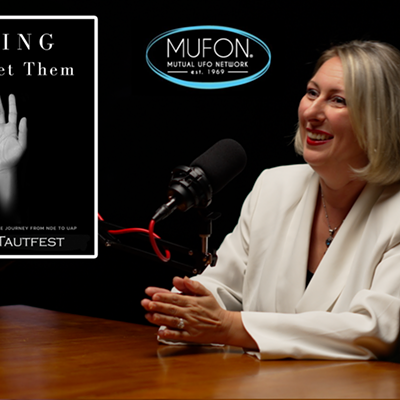It’s easy to hate our regional electricity mammoth OG&E.
There are bland lines we repeat to one another just like talking about the weather or Saturday’s score: OG&E is expensive, the power goes out too often, they chopped down a beloved tree…
Even reading that is boring because we’re always saying these things. OG&E is expensive, the power does go out too often and, in my neighborhood, they wiped out 100-year-old trees that they used to keep trimmed to “save money so rates don’t go up.” It doesn’t have to be this way, and we should ask our legislators and corporation commissioners to finally do something about it.
A few weeks ago OG&E sent out a crew to remove old-growth trees that had been planted by my neighbor’s father in 1917. Suddenly these trees were in the way of the lines they had been next to for the prior century. OG&E’s plan is to do this city-wide despite the effects it has on the walkability of our streets or the rising temperature. I asked why they had changed their policy and removed these historic trees when they had previously kept them trimmed. They said it would “lower our costs if they didn’t have to re-trim every four years.” When I asked if they would be willing to do something as simple as replant trees to make up for the ones they grinded to grass-level, I heard the same platitude I’ve heard OG&E use many times before: “That will cause prices to go up.” As an economist, I often hear similar arguments, but I’m always struck by the lack of transparency, especially from corporations that face little or no competition. How much will they go up? How much can I expect to save in the future under your new vegetation policy? These questions went unanswered by the folks I met.
As ratepayers, we must take the threat of raising prices as a credible one because OG&E has done it often. OG&E has been granted a regional near-monopoly and has what economists call “market power.” We as customers are viscerally aware of OG&E’s pricing power and tacitly assume we’ll bear the burden of increasing costs because we always have. But here’s the deal: when they make their usual threat that an improvement in service will cause electricity costs to increase, they assume we won’t do the math. Well, I’m an economics professor that literally teaches a class on electricity economics and I love doing the math, so let’s get our hands dirty.
To keep things simple, let’s stick with trees. In their most recent reliability report to the Oklahoma Corporation Commission, OG&E reported spending $29.3 million dollars on vegetation management for their 876,000 accounts. This is how much money they spend yearly to keep tree limbs away from lines. Now $29.3 million sounds like a big number, but when you consider this in context, things look a bit different. This $29.3 million is not only spread out over a large number of customers, but also spread over many millions of kilowatt hours sold. On a per kilowatt hour basis, this expense is miniscule. The average household consumes about 800 kWh per month, so the $29.3 million is really just a 0.0035 cent cost. A third of a penny. That’s why you shouldn’t buy the argument that spending more to maintain our lines will meaningfully raise costs. Equally, it’s why I don’t buy their logic that removing a tree to avoid trimming will lower our costs. Even if you double their vegetation budget you could still cover the cost with less than a penny per kWh.
Now, as an economist I am trained to think about tradeoffs and I recognize that a hypothetical $60 million vegetation budget must come from somewhere. You know what could cover a tree-trimming budget that large? Just a portion of their dividend payment. Last quarter alone, OG&E paid out more than $82 million to shareholders. Put differently, OGE handed out 2.8 times more in their quarterly dividend than the yearly budget allocated to maintaining vegetation around lines. In fact, over the same time that our bills have shot up their dividend payout to shareholders has actually increased. In the past year alone, customers face base rate expenses that have gone up by more than $5 per month to fully cover costs from winter storms, and this doesn’t even touch on the high natural gas prices that have also immediately passed through to our bills.
Their choice to start removing old-growth trees without consent or public consideration is a symptom of a larger problem. OG&E flexes their market power and treats the same customers that bail them out from ice storm expenses not only through the price they charge, but also in the lack of transparency. They force you through an automated phone-line because they don’t actually care to hear from you. We can’t shop around for better quality service. We can’t shop around for lower prices. We simply hope that when we flip a switch the lights turn on, but is that really the best we can hope for as consumers in 2022?
So what should be done? OG&E is changing the landscape of our city without any transparency or accountability and the argument they’re using to justify it is one that doesn’t hold up to simple cost-benefit testing. We should demand that our representatives actually represent us and not allow OG&E to raise rates with impunity. Maybe the charter OG&E has with the City of Oklahoma City shouldn’t be renewed and we should explore our options. Perhaps they should face competition for our business instead of getting to assume it. Many states have retail electricity competition and these markets deliver innovative companies that respond to consumers’ needs with transparency. All options should be on the table, especially if they’re going to cut down our trees without permission to make it.
Dr. Travis Roach is an associate professor and chairperson of the Department of Economics and the founding director of the Central Policy Institute at the University of Central Oklahoma.









